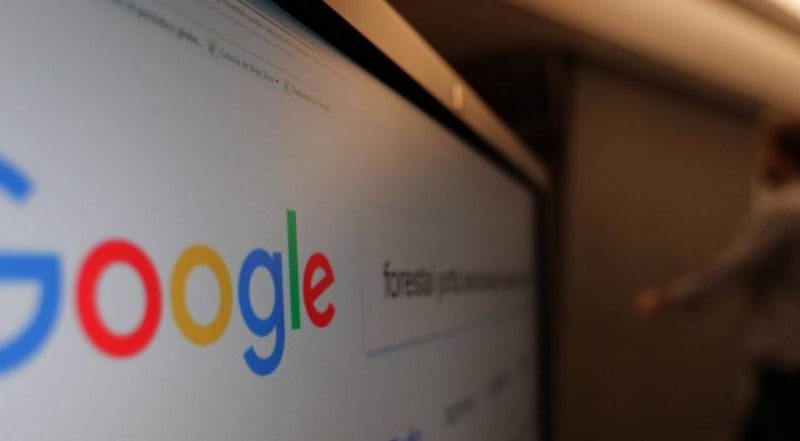Every time Google makes adjustments to how it handles search results, marketers break into cold sweats. The company constantly updates its algorithm to improve the data it offers and further fine-tune the data it provides in its responses to users of its service. An adjustment to the Google algorithm can drive a business to crash the first few pages of results.
Or you can just sink her into the pages no one sees and ostracize her. However, harder for marketers is no longer algorithm updates but when Google changes the rules. It was what he did a few years ago prioritizing mobile searches, which forced companies to readjust what they were doing and to reposition their websites and their online presence.
Of course, Google is nowhere near as it was in the beginning. Its understanding of natural language or consumer intent is more refined, as is the range of search services it offers. The immediate future will be even more different, and marketers must prepare for it. Google’s next big change will be MUM. MUM stands for Multitask Unified Model and will be the catalyst for the next big change that Google will launch. The forecast is that it will be operational in less than five years, as the company itself assures the US media.
As they point out in Insider , MUM’s technology will be multimodal, which will allow it to sharpen much more the understanding of what the consumer is wanting to know and how it offers them those results. How things will be and what will change is not exactly a mystery. Google is already talking to the US press about what it means and is also applying it right now for something very specific. When looking for information on coronavirus vaccines, it is MUM who does the job.
What MUM will mean
Thanks to MUM, Google will be able to understand different search sources for information. Right now, you can only ask Google for things one way. Either you talk to him, for example, or you write your question in his search bar. With MUM that will change. For example, you can upload a photo of something you want to search, accompany it with a text and let the search engine understand what you are saying.
Will that mean, for example, that you can take a photo of the shoes your friend is wearing, upload it and point out that you want her to look for them in another color? In the article they do not give exact examples, but it is not difficult to imagine that this is what Google will be able to do in the future.
Likewise, Google will not only be able to process multiple data sources when it ‘listens’ to your request, but also when it serves it to you. If you are looking for the vaccine right now, what we have done to try to understand what that future will be like, Google displays links, graphs and explanations on efficacy.
A change of substance Google is still tweaking how it works and what it all entails, but the future potential is clear. As Insider recalls , this fits in with Google’s overall plan, which is to make its searches smarter and more like conversations. They want everything to flow more naturally.
It is almost a change of substance in how to search and what is offered. In fact, this is not the first brushstroke that is received about the future of search and what Google intends to do. It is also known that Google hopes to turn its search engine into something more empathetic, capable of reading emotions .
They want the search engine to be able to connect more with human behavior and thus anticipate the needs of consumers. For example, in Google Maps it would not offer you the shortest or the fastest route, but the one that is safest for you. It is difficult to say what this will mean for brands, although what seems unquestionable is that all these changes will make SEO work much more difficult.









